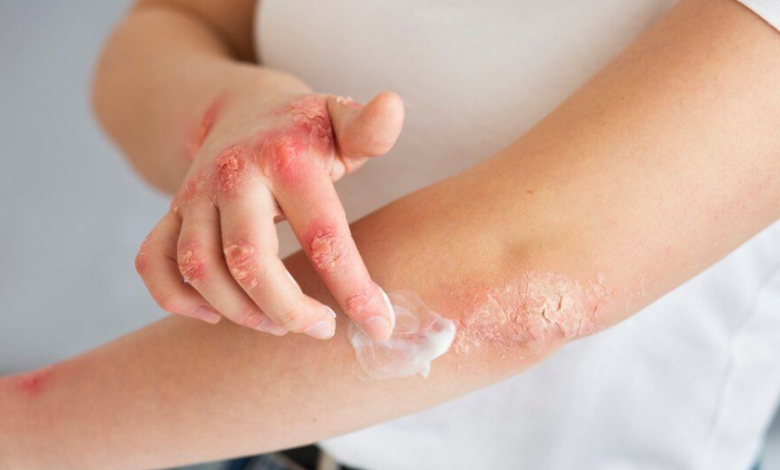Understanding Early Signs Of Serious Skin Conditions

Why skin health should not be ignored
Skin is the body’s largest organ and serves as a protective barrier against harmful external factors. It guards against infection, regulates body temperature, and helps in the production of essential vitamins. However, it can also develop diseases that require medical attention. Among these, skin cancer is one of the most concerning conditions, and recognising early warning signs like 皮膚癌症狀 can make a major difference in treatment success.
How skin cancer develops
Skin cancer occurs when the DNA in skin cells is damaged, often due to ultraviolet radiation from sunlight or tanning devices. The damaged cells begin to multiply uncontrollably, forming abnormal tissue. If left untreated, these cells can invade nearby healthy tissue or spread to other areas of the body through the lymphatic system and bloodstream.
Common warning signs to watch for
Recognising changes in the skin early can help detect serious issues before they progress. Warning signs include:
- The appearance of a new mole or growth that changes over time
- Moles or spots that vary in shape, size, or colour
- Sores that do not heal within a few weeks
- Rough patches that become crusty or bleed
- Persistent itching, tenderness, or discomfort in a specific area
Even small or subtle changes can be indicators of 皮膚癌症狀, so regular monitoring is essential.
See also: Avoiding Common Medical Coding Errors: A Guide for Healthcare Professionals
Main types of skin cancer
There are several types of skin cancer, each with different characteristics:
Basal cell carcinoma – Usually appears as a shiny bump or a flat, flesh-toned lesion. It grows slowly and rarely spreads, but can cause significant local damage.
Squamous cell carcinoma – Often forms as a red, firm nodule or a scaly patch. It can spread more quickly than basal cell carcinoma if ignored.
Melanoma – The most dangerous form, typically appearing as an irregular dark spot or developing within an existing mole. It can spread rapidly to other parts of the body.
Factors that increase risk
Some individuals are at higher risk of developing skin cancer due to genetics, environment, or lifestyle. Risk factors include:
- Light skin tone and light-coloured eyes or hair
- History of severe sunburns, especially in childhood
- Frequent exposure to direct sunlight without protection
- Use of tanning beds or lamps
- Family history of skin cancer
- Weakened immune system due to illness or medications
People with these factors should be extra vigilant about detecting 皮膚癌症狀.
Understanding ultraviolet radiation damage
Ultraviolet rays are invisible forms of energy from the sun. UVA rays penetrate deep into the skin, leading to long-term damage and aging, while UVB rays directly damage skin cell DNA and cause sunburn. Both contribute to the risk of skin cancer and are present even on cloudy days or in shaded environments.
The importance of self-examinations
Self-checks allow for early detection of abnormal skin changes. A monthly routine of examining the entire body using a mirror can help spot unusual marks or moles. Hard-to-see areas such as the back, scalp, and behind the ears should not be ignored. Early recognition of 皮膚癌症狀during self-examination can significantly improve treatment outcomes.
Medical evaluation and diagnosis
If suspicious spots are found, a dermatologist may perform a physical examination and order a biopsy. In a biopsy, a small section of the skin is removed for laboratory analysis. This helps determine whether the growth is cancerous and identifies the type and stage, which guides treatment decisions.
Treatment options for skin cancer
Treatment depends on the cancer type, size, location, and stage. Options include:
- Surgical excision to remove the growth along with a margin of healthy skin
- Mohs surgery for precision removal of cancer cells layer by layer
- Cryotherapy to freeze and destroy abnormal tissue
- Radiation therapy for cases where surgery is not suitable
- Topical medications for early-stage or surface-level cancers
When 皮膚癌症狀 are detected early, less invasive treatments are often possible, and recovery rates are higher.
Practical prevention strategies
Protecting your skin daily can reduce the risk of developing skin cancer. This involves:
- Applying sunscreen with SPF 30 or higher every day, even in winter
- Wearing protective clothing, hats, and sunglasses outdoors
- Seeking shade during peak sunlight hours between late morning and early afternoon
- Avoiding artificial tanning devices
- Eating a diet rich in antioxidants to support skin cell repair
Role of awareness and education
Community awareness campaigns can help people understand the dangers of skin cancer and the importance of early detection. Educational programs encourage the public to recognise and respond to early signs like 皮膚癌症狀, leading to quicker diagnoses and better survival rates.
Conclusion
Skin cancer is a serious yet often preventable disease. By adopting sun-safe habits, performing regular skin checks, and seeking professional advice when changes are noticed, individuals can greatly reduce their risks. Early identification of warning signs such as 皮膚癌症狀 can make the difference between a simple treatment and a life-threatening situation. Staying informed and proactive is the best way to protect your skin and overall health.





